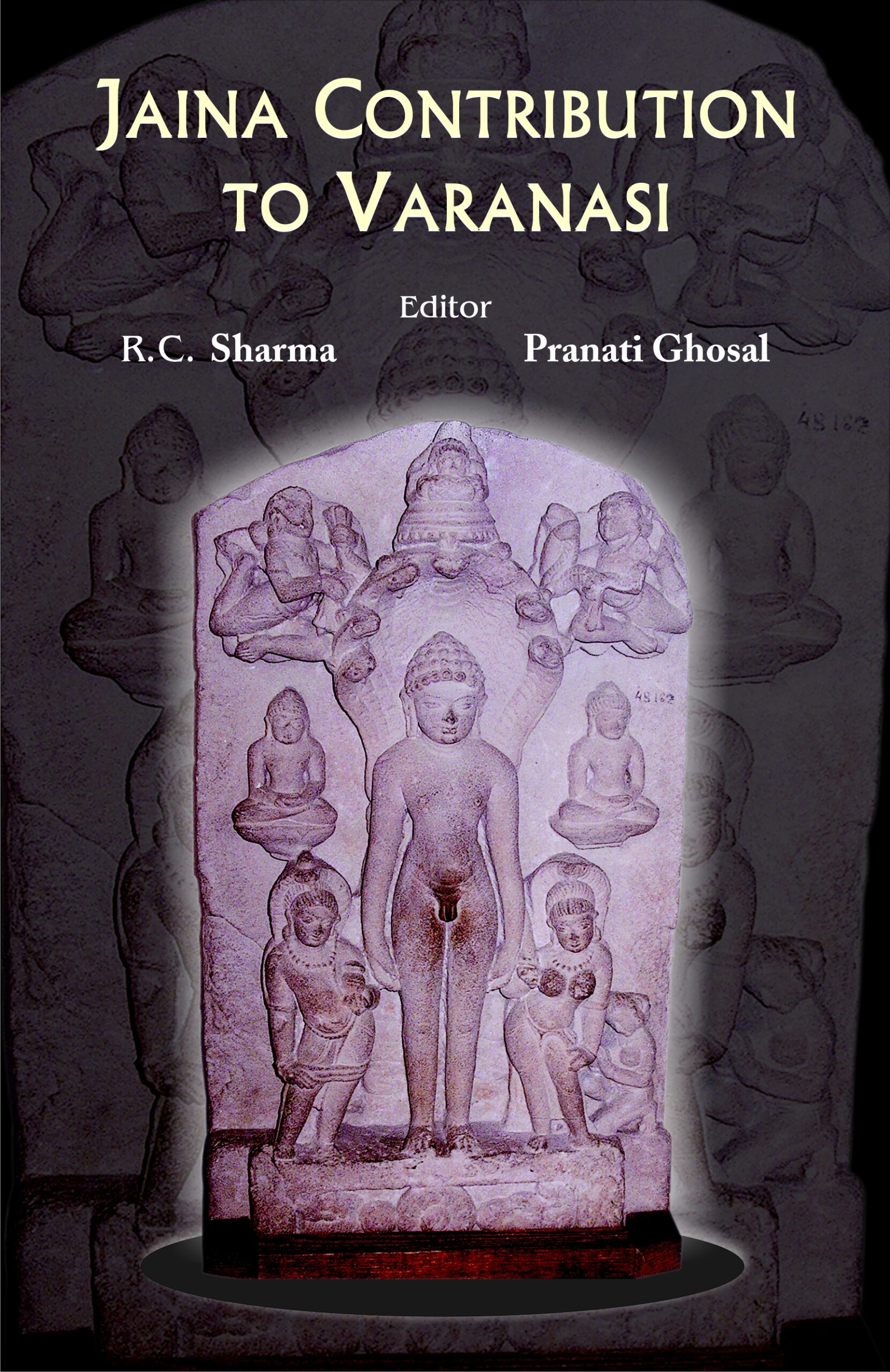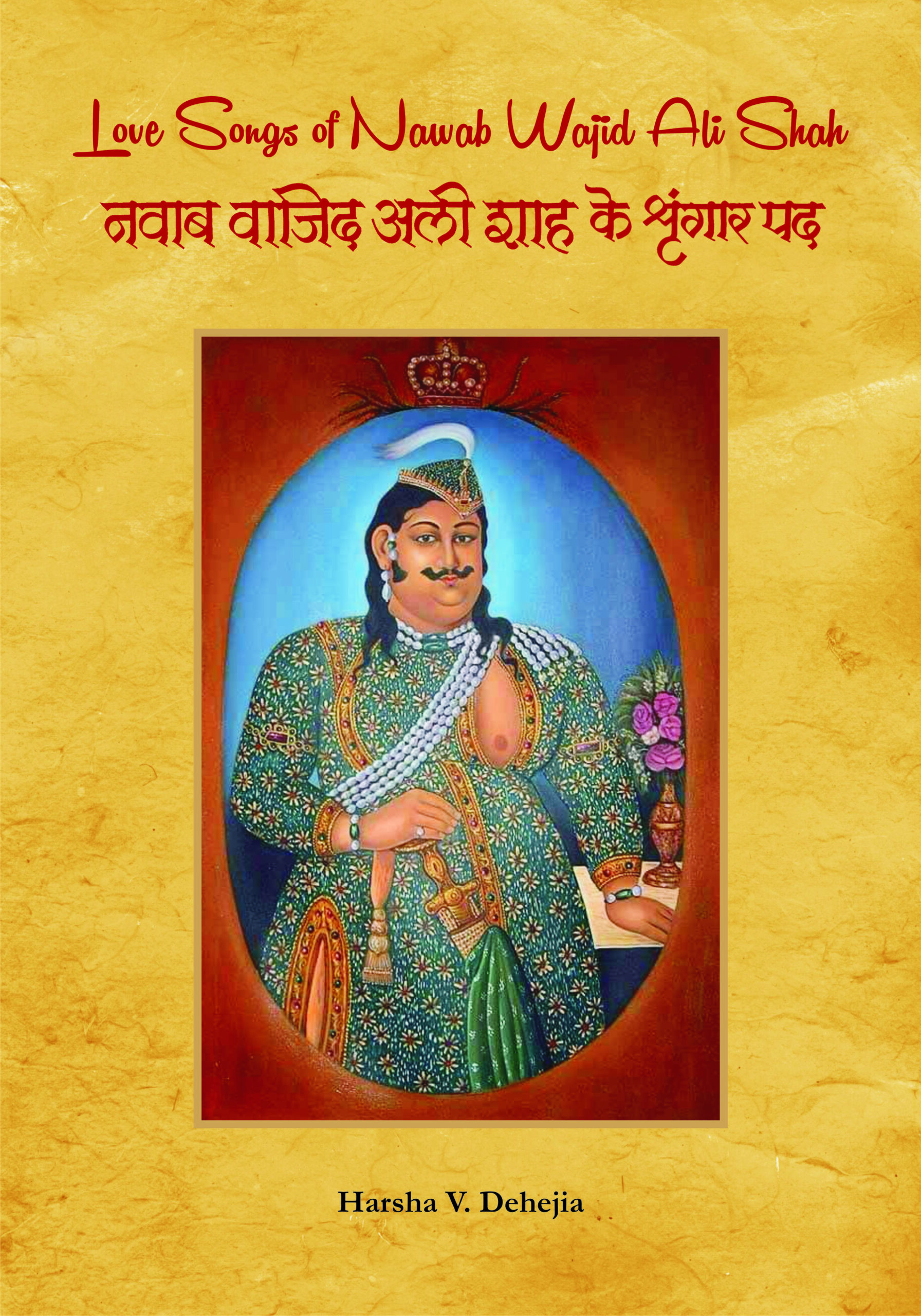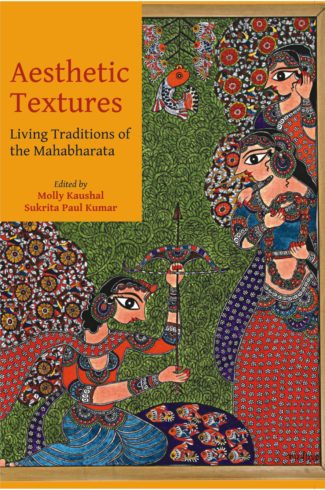

Jada Bharatas Pras...
Jada Bharatas Prasnavali
(A text on Advaita-Vedanta) by: Pranati GhosalProfessor Filippi explores the Indian view of mortal existence from an individuals conception to his/her journey to the Kingdom of Yama with rare scientific objectivity by unveiling a complex network of sentiments, beliefs, scriptural references, customs, etc.
Original price was: ₹150.00.₹135.00Current price is: ₹135.00.
ISBN: 9788124602638
Year Of Publication: 2004
Edition: 1st
Pages : xvi, 104
Bibliographic Details : Glossary; Bibliography
Language : English
Binding : Paperback
Publisher: D.K. Printworld Pvt. Ltd.
Size: 22 cm.
Weight: 225
Prasnavali, a less-known yet important treatise, ascribed to Jadabharata, poses fifty-two fundamental questions on Monistic Philosophy. Novelty of this book lies in its question-answer technique provided for both teaching and propagation of Advaita Vedànta in an easy way. In spite of being small in size, the work covers almost all the important topics expected to be known by a devotee or a learner. There may be different groups of scholars and students of Vedanta affiliated to various mathas who long for finding proper answers to the queries that arise in this field from time to time. Jadabharata earnestly took up this uphill task through this treatise. Thus he deserves a special credit for creating interest in Advaitism among the people belonging to the community of both the learners and devotees.
Blessings
Foreword
Preface
Abbreviations
1. Introduction
2. The Text
3. English Translation
4. Similar References
Glossary
Bibliography












